The growing awareness of environmental sustainability has brought pet waste management into sharp focus. As more pet owners seek eco-friendly alternatives to traditional plastic poop bags, biodegradable pet waste bags have emerged as a popular solution. However, the reality behind these so-called "green" products is far more complex than most consumers realize.
The rise of biodegradable pet waste bags reflects a genuine desire among pet owners to reduce their environmental footprint. Walk through any pet supply aisle today, and you'll find numerous brands boasting about their bags' ability to break down naturally. These products typically use plant-based materials like cornstarch or claim to be oxo-biodegradable – containing additives that theoretically accelerate decomposition. The packaging often features cheerful green designs and buzzwords like "earth-friendly" or "planet-safe," creating an appealing option for environmentally conscious shoppers.
Digging deeper into how these bags actually degrade reveals significant challenges. True biodegradation requires specific conditions that are rarely present in landfills where most pet waste ends up. The process depends on microorganisms, adequate moisture, oxygen levels, and temperature – conditions typically absent in the anaerobic environment of modern landfills. Even bags labeled as compostable often require industrial composting facilities that maintain precisely controlled environments, not backyard compost piles.
The oxo-biodegradable controversy has become particularly contentious in environmental circles. These plastic bags contain metal salts that cause them to fragment into microplastics when exposed to sunlight and air. While this creates the appearance of degradation, the plastic particles remain in the environment indefinitely. The European Union has even moved to restrict oxo-degradable plastics due to concerns about microplastic pollution. Many environmental scientists argue these products do more harm than good by creating invisible pollution while giving consumers a false sense of environmental responsibility.
Municipal waste systems present another layer of complexity for biodegradable pet waste disposal. Most sanitation departments advise against putting pet waste (even in biodegradable bags) into compost systems because of potential pathogens. The bags frequently end up in landfills where they behave much like conventional plastics. Some cities have experimented with separate collection systems for pet waste, but contamination concerns and processing costs have limited widespread adoption.
Innovative alternatives are beginning to emerge that may offer more sustainable solutions. Some companies now produce bags from marine-degradable materials that break down in seawater, addressing concerns about ocean pollution. Others have developed home digesters that process pet waste along with food scraps. A few forward-thinking municipalities have installed specialized pet waste composters in parks, using high temperatures to safely break down waste. These solutions, while promising, currently represent a tiny fraction of the market.
The behavioral aspect of pet waste management cannot be overlooked. Even the most environmentally friendly bag has no impact if pet owners don't use it properly. Public education campaigns in several cities have shown success in increasing proper disposal rates when combined with convenient access to waste stations. Some communities have implemented "scoop the poop" campaigns emphasizing that all pet waste – regardless of bag type – poses water contamination risks if left on the ground.
Looking ahead, the pet waste industry faces significant challenges in delivering truly sustainable solutions. Regulatory clarity around biodegradability claims remains murky, with no universal standards for what constitutes an environmentally friendly pet waste bag. Product innovation continues, with researchers experimenting with algae-based materials and other novel approaches. However, the most immediate impact may come from better consumer education about the limitations of current options and the importance of proper disposal methods regardless of bag type.
For environmentally conscious pet owners, the current landscape presents difficult choices. While biodegradable bags may offer marginal benefits over conventional plastic in specific disposal scenarios, they are far from a perfect solution. The most sustainable approach may involve using whatever bags ensure consistent waste pickup while advocating for better municipal processing systems. As one environmental scientist noted, "The greenest bag is the one that actually gets used and properly disposed of – regardless of what it's made from."
The conversation around pet waste sustainability continues to evolve as new technologies emerge and waste management systems adapt. What remains clear is that solving this messy problem will require innovation not just in materials science, but in consumer behavior, municipal infrastructure, and regulatory frameworks. Until comprehensive solutions exist, pet owners must navigate the current options with clear-eyed understanding of their actual environmental impact rather than marketing claims.

By /Jul 31, 2025
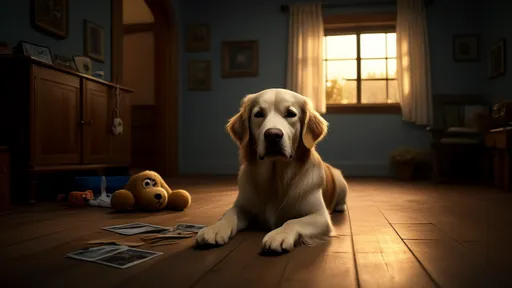
By /Jul 31, 2025

By /Jul 31, 2025

By /Jul 31, 2025

By /Jul 31, 2025
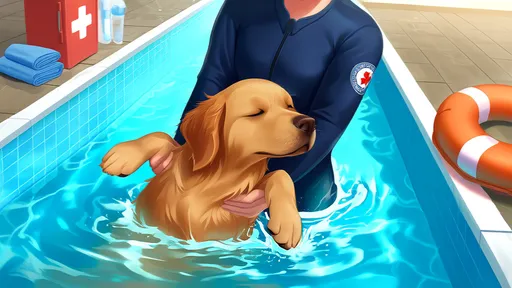
By /Jul 31, 2025
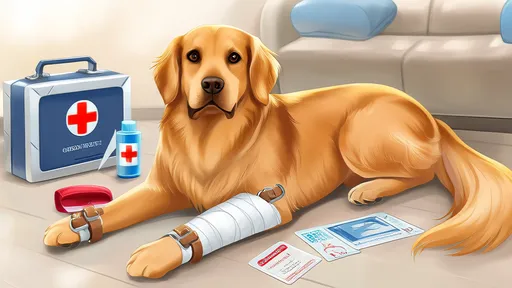
By /Jul 31, 2025

By /Jul 31, 2025
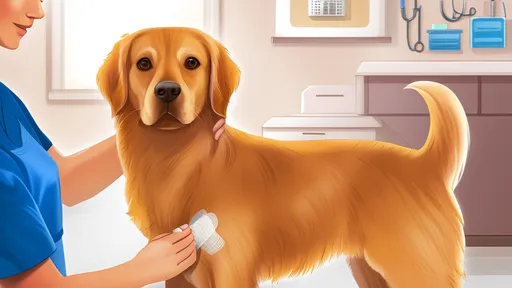
By /Jul 31, 2025
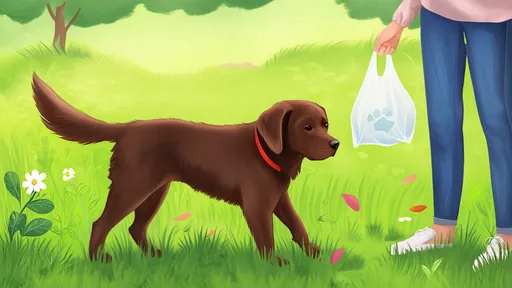
By /Jul 31, 2025
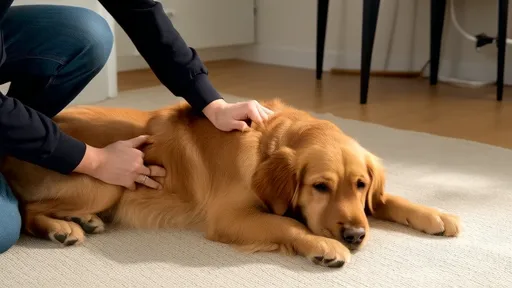
By /Jul 31, 2025

By /Jul 31, 2025
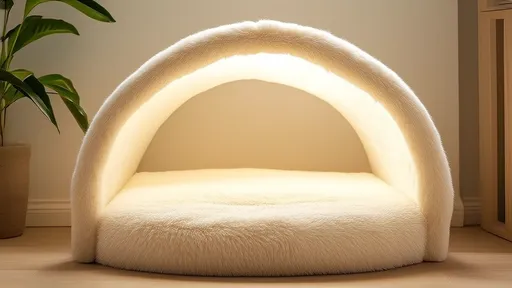
By /Jul 31, 2025

By /Jul 31, 2025

By /Jul 31, 2025

By /Jul 31, 2025
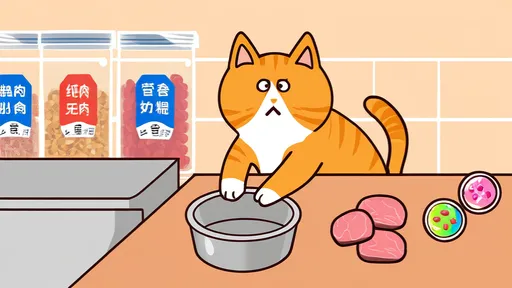
By /Jul 31, 2025
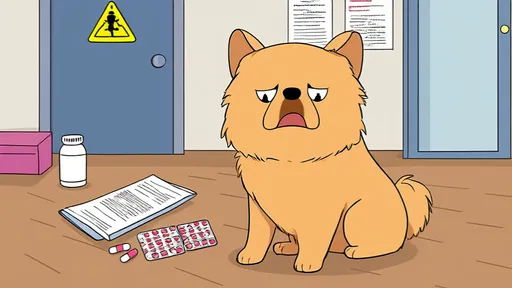
By /Jul 31, 2025

By /Jul 31, 2025
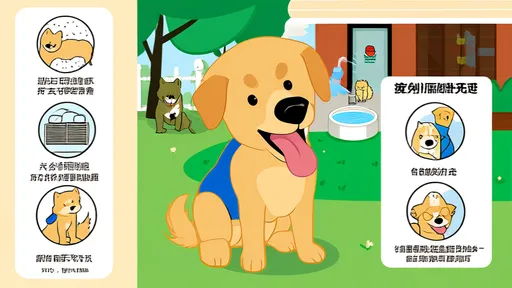
By /Jul 31, 2025